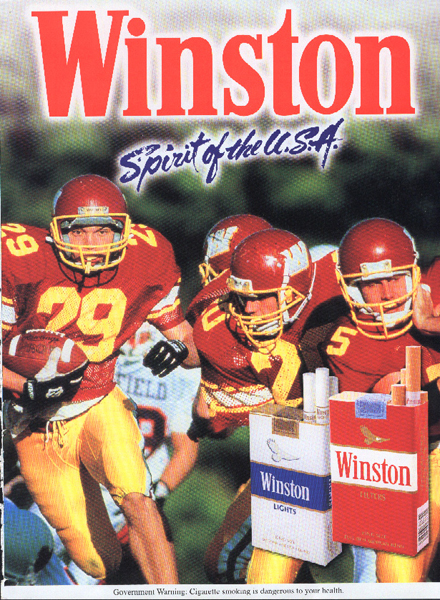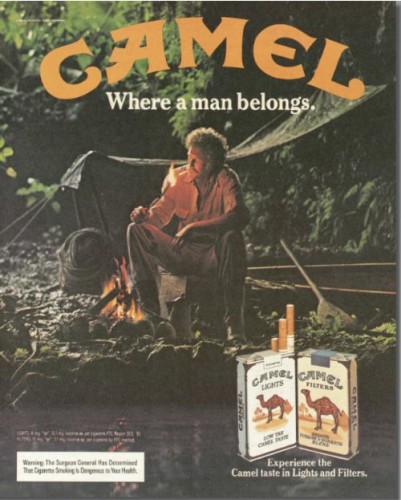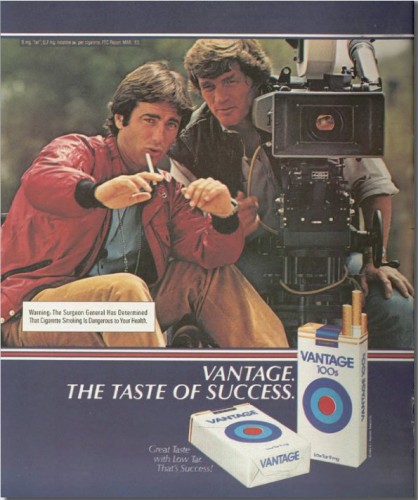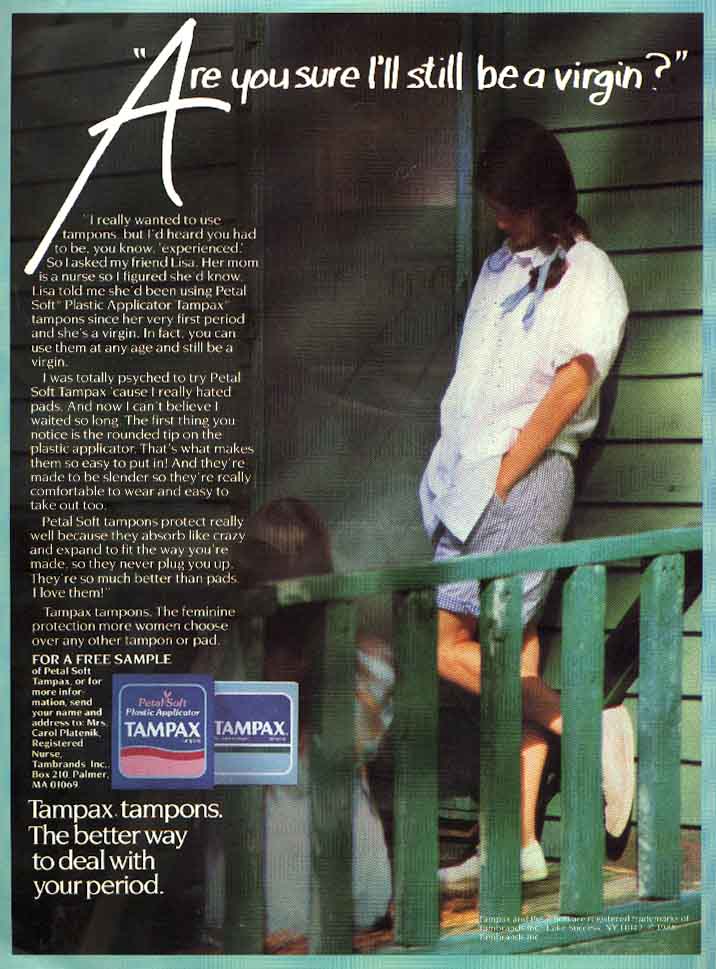NEWS
Find us on facebook and twitter, if you like.
Germany! I’ll be in Munich for the month of September! If there are any Sociological Images fans in the area, I’d love to have a cocktail hour! Email me at socimages@thesocietypages.org and we’ll set it up.
Our New Look: We’d like to thank Jon Smajda, our IT and all-around tech fix-it guy, for the great redesign of the site. As you may have noticed, it’s now easier to search for posts, comments are threaded, and the page looks less cluttered overall. Jon, your work is greatly appreciated!
Better Searchage! We updated some of our tags to make it easier to search for posts. There were two major changes:
(1) While we still have a generic “race/ethnicity” tag, we also created tags for the major racial/ethnic groups recognized in the U.S. You can now search for “race/ethnicity: Asians/Pacific Islanders” and so on. In some cases we struggled with how to define groups or which labels to use. We settled on terms that are generally recognizable and that were short enough to fit in our tags box. Most posts that are labeled with the “race/ethnicity” tag are now also assigned to at least one specific racial/ethnic tag.
(2) Previously we had individual countries listed alphabetically in the tags list. We decided it would be better to have them all listed as “nation: [specific country]” so they show up together as a group rather than scattered throughout the tags list. So, for instance, Egypt is now listed as “nation: Egypt.”
Changes to Comment Moderation Policy: We have always taken a hands-off approach to reader comments so as to not stifle discussion. First, while we try to read every comment, we prefer to focus on putting up new content and we found that readers did a pretty good job of responding to each other. Second, we often found even hateful and mean-spirited comments useful for illustrating some of the points we were trying to make, particularly how groups who fear loss of privilege will lash out and attempt to invalidate any critiques of their social position. Finally, we have pretty thick skins and don’t really get too worked up about people insulting us.
However, as we posted about earlier in the month, we had an incident in which readers of an anti-feminist website left extremely hateful and threatening comments targeting a specific reader, including posting personal information (such as location) and encouraging physical violence against her and her dog. As a result we rethought our attitude toward comments. We’re not adopting a formal policy, but we decided some moderation is necessary. In general, comments that are hateful or threatening toward other commenters, or that are mean-spirited toward particular social groups (i.e., “I hate Black people”) and do not in any way contribute to a discussion of the issue will be deleted. We will undoubtedly miss some comments or not notice them immediately. We certainly won’t delete comments just because they disagree with us or are rather snarky, and we of course can’t protect readers from any comment they might find unpleasant or offensive–the comments section would have to be shut down completely. Basically, our policy toward comments is: Don’t be an ass, and if you are, we’ll delete your comments when we have time.
We also decided not to provide direct links to racist or misogynistic sites. We’ll provide the web address in posts about such sites so readers know where images came from but won’t have a link; this prevents their administrators from tracking back to our site and posting a barrage of threatening or overtly offensive comments.
We know these changes in how we handle comments won’t please everyone, or maybe anyone–some will want us to moderate more and others would prefer that we don’t moderate at all. But it seemed like the best compromise for preserving the ability for readers to discuss–and criticize–posts while not allowing some commenters to intimidate other readers to the point that they fear commenting.
FROM THE ARCHIVES: AUGUSTS
In light of the recent scandal over Caster Semenya’s sex, we thought we’d resurrect a post from August 2008 about the sexualization of female Olympic athletes.
And, to mark the anniversary of Hurricane Katrina, we’d love for you to visit our post from August 2007 about racist interpretations of survival strategies in the aftermath of the storm.
NEWLY ENRICHED POSTS (Look for what’s NEW!)
You might have noticed that when we revamped the website (thanks Jon!), our names appeared in the right-hand column alongside neutral avatars which, as we’ve discussed many times, are actually male avatars (there is some delicious irony here). It turns out that WordPress not only has the male as default, but there is no female option at all. You can, however, choose to be a monster. We eventually went with no avatar at all. We documented the saga, including all of the options offered by WordPress, in our post on default avatars. Scroll down. [Gwen notes: I kinda want to be the monster.]
Sex
Sea Monkeys! We added new ads for sea monkeys to our post on heteronormativity and a new collection we’re starting on ads that use sex to sell the most unlikely things.
Speaking of, remember our post full of ads that place the product or tagline in front of a woman’s crotch? We thought so. We added an ad for London Fog, sent in by Dmitriy T. M.
Oh geez. We added more examples to our ejaculation imagery ad. We’re sorry, but there was no getting around it. The new material includes images from a campaign for The IceCreamists and an ad for a water gun called the Oozinator (you’ve got to see it).
We also added another image to our recent post on using women’s bodies to symbolize HIV infection.
Race
We found a rodent control ad comparing the Chinese to rats and added it to our long list of anti-Chinese propaganda circa 1900. We also added an image of lemon ice cream marketed with a caricatured Asian image to a prior post about Italian candies in a blackface-reminiscent wrapper.
Jason K. sent us another example of Obama depicted as a pre-modern and/or savage African, this time a poster showing Obama as a “witch doctor,” so we added it to our post of him presented as a Barbarian and a cannibal.
To our post discussing how people of color are often included in ads as symbols of flavor, color, or spice, we added a comparison of two McDonald’s french fry containers sent in by Joshua B.
Kids
Emily M. sent us another laxative ad in which a small child finally gets the loving mother she deserves because of the wonderful powers of laxatives, which we added to our earlier post on the topic.
You can also check out the vintage ad for Lane Bryant girls’ clothing that we added to our post on fashion for “chubby” girls.
Gender
We added more gendered products–masculinized ear plugs, ahem, “ear screws,” feminized tape “Just for girls!” and boys’ and girls’ sandwich bags–to our post on pointlessly gendered products.
Relatedly, both Danielle F. and Sara S.-P. sent us a link to the new Playstation Portable for omg! girlz! We added it to our post on girlified games (like the Ouija Board).
Moving on to creepily gendered products, we added a photo of the storefront of Sweet Taters Cafe, sent in by Dmitiry T.M., featuring a “hot” potato, if you get my drift, to our post on sexualized food.
Evony has released more cleavage-fixated ads so we updated our post on the evolution, and increasing boob-centricness, of their recent ad campaign.
Kyle M. alerted us to the advertising campaign for the sci-fi show Surrogates. We added it to our post looking at how gender intersects with (real and fictional) robotics.
Ronni S. found a “Thank God you’re a man commercial” in which a woman becomes hysterical and men drink beer. We added it to our post featuring ads that suggest that being a woman sucks.
And also in overtly sexist, we found another commercial that portrays women as batshit insane, this time for shoes. It’s delightful.
Thanks for reading everyone!







